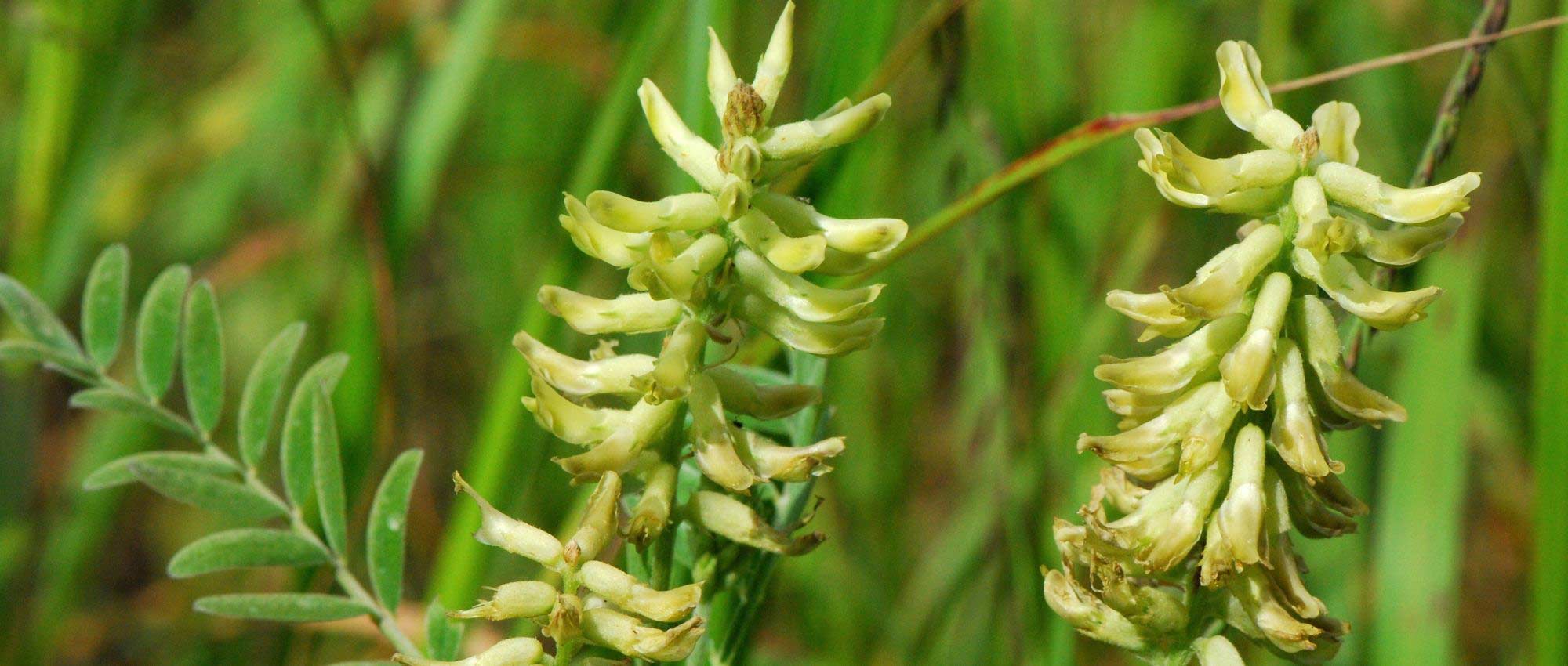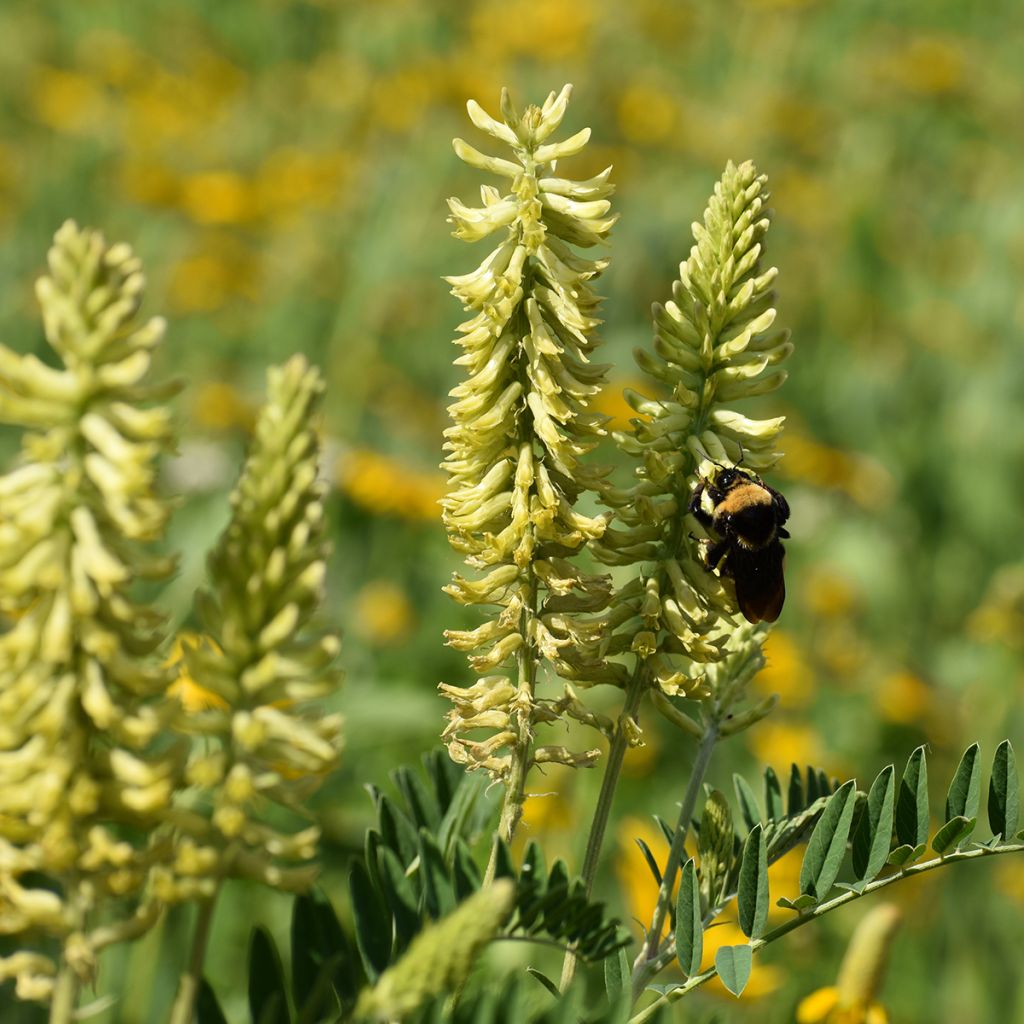

Astragalus canadensis - Canadian Milkvetch
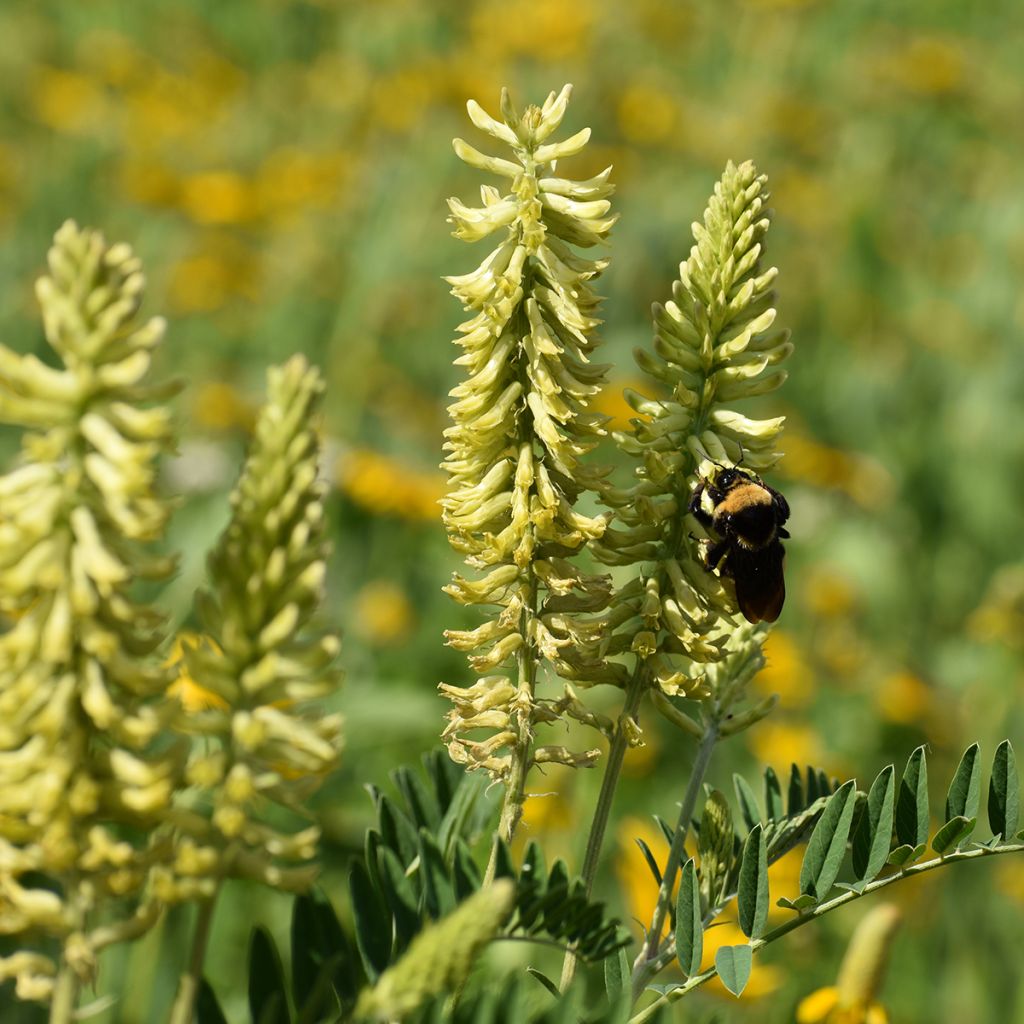

Astragalus canadensis - Canadian Milkvetch
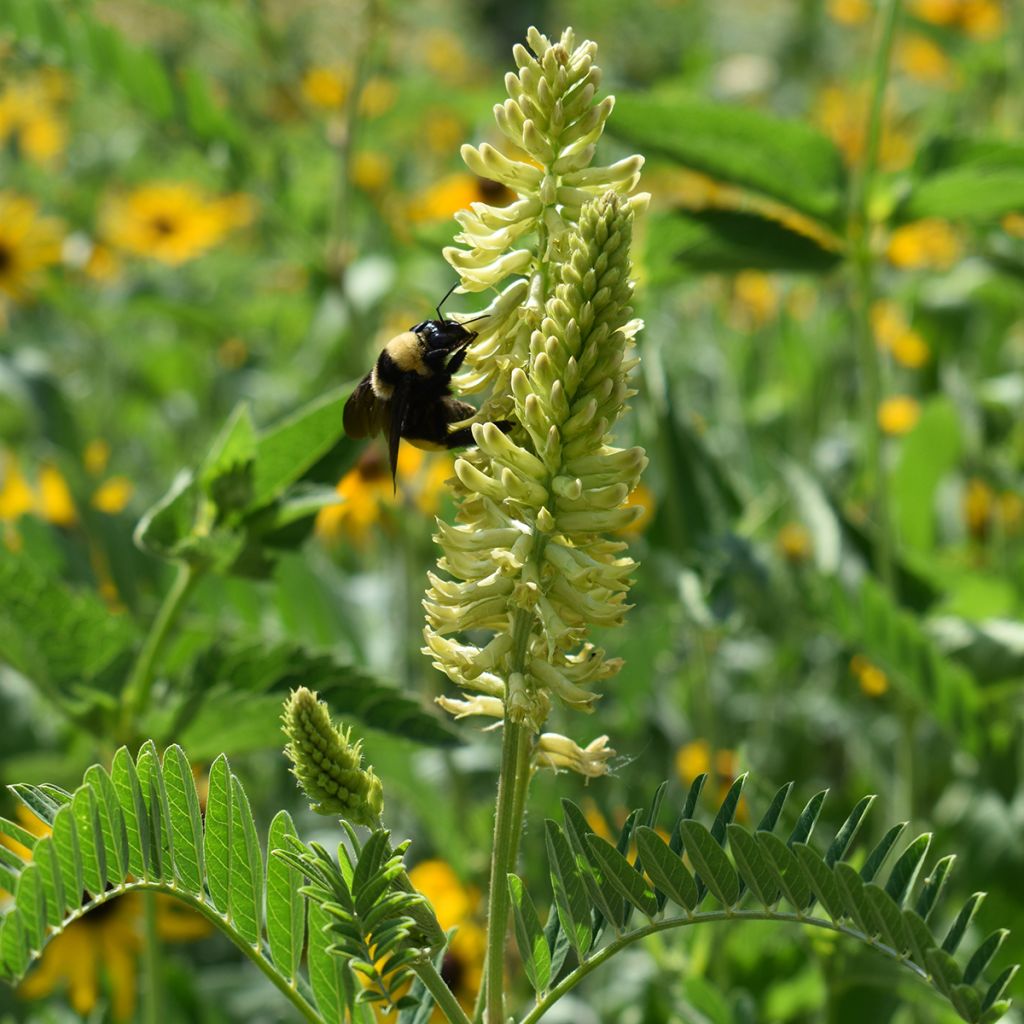

Astragalus canadensis - Canadian Milkvetch
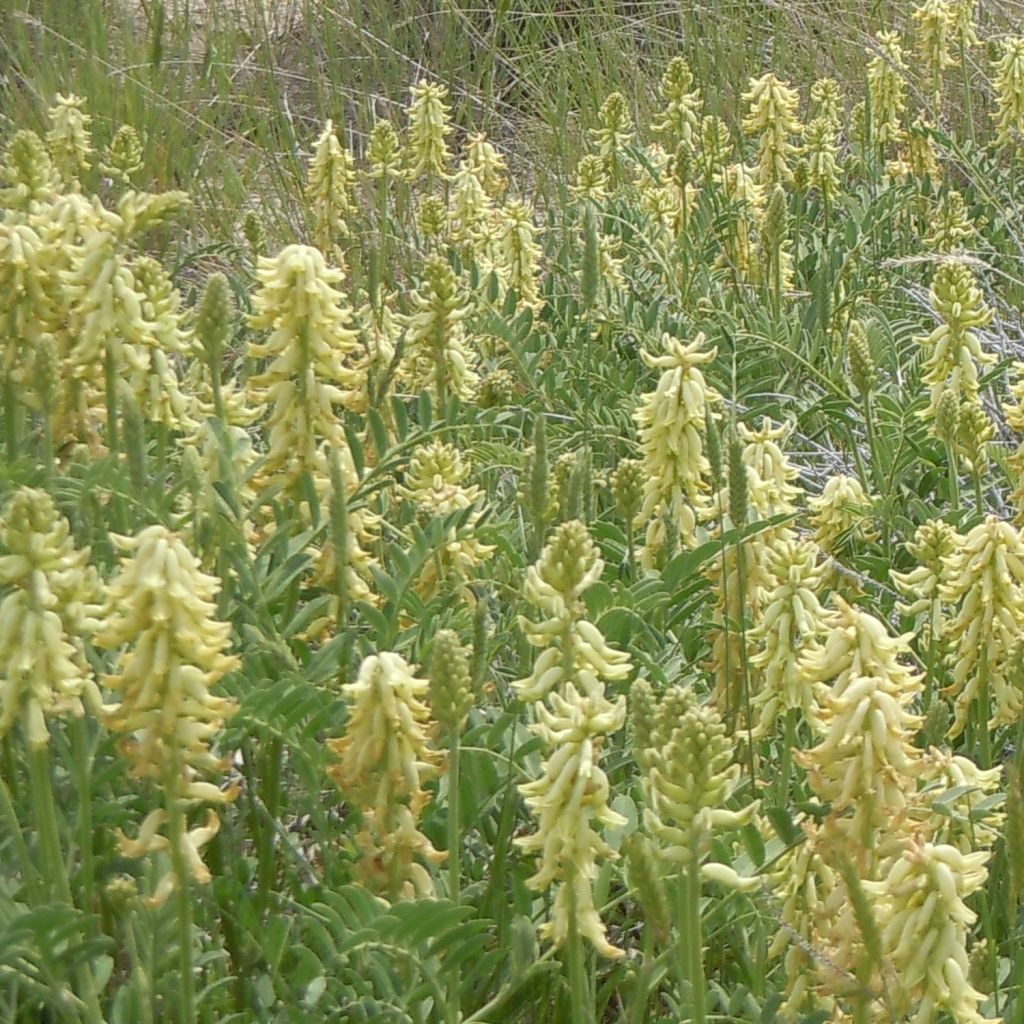

Astragalus canadensis - Canadian Milkvetch
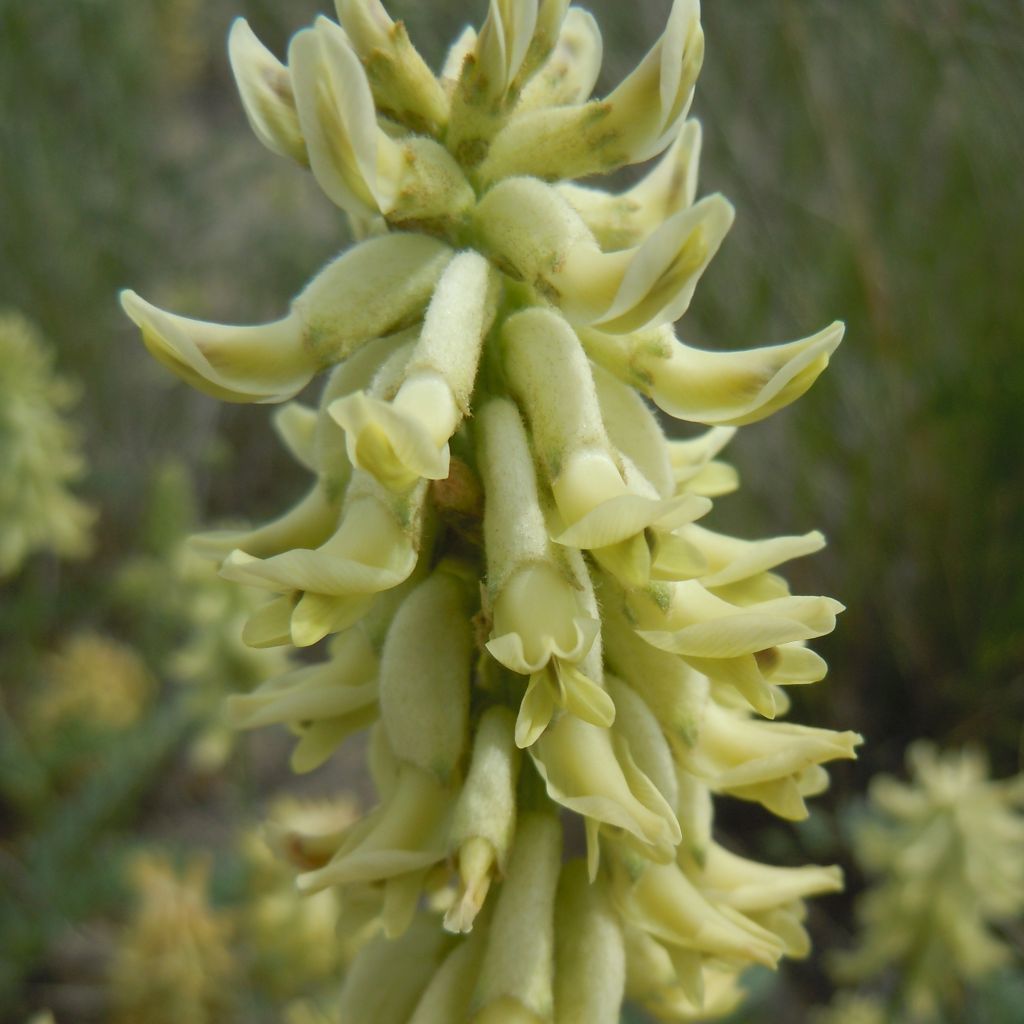

Astragalus canadensis - Canadian Milkvetch
Astragalus canadensis - Canadian Milkvetch
Astragalus canadensis
Canadian Milkvetch
Special offer!
Receive a €20 voucher for any order over €90 (excluding delivery costs, credit notes, and plastic-free options)!
1- Add your favorite plants to your cart.
2- Once you have reached €90, confirm your order (you can even choose the delivery date!).
3- As soon as your order is shipped, you will receive an email containing your voucher code, valid for 3 months (90 days).
Your voucher is unique and can only be used once, for any order with a minimum value of €20, excluding delivery costs.
Can be combined with other current offers, non-divisible and non-refundable.
This plant carries a 12 months recovery warranty
More information
We guarantee the quality of our plants for a full growing cycle, and will replace at our expense any plant that fails to recover under normal climatic and planting conditions.
Does this plant fit my garden?
Set up your Plantfit profile →
Description
The Canadian milkvetch is a large bushy perennial, with a slightly wild habit, that can exceed 1m (3ft) in height. In summer it produces long erect clusters, bearing "bean" flowers of a beautiful pale yellow, highly appreciated by bees. This vigorous plant, which likes to take it easy, appreciates open locations with cool or slightly dry, even poor, soil.
Astragalus canadensis belongs to the family of Fabaceae (formerly called Leguminosae). It is native, as its name suggests, to North America, from the southern United States to the cold regions of central Canada. This plant can be found in cool and sandy meadows, thickets and open forest edges, along watercourses, and sometimes also in areas subject to agricultural abandonment. The plant forms a vigorous upright clump with a slightly disordered habit, measuring between 80 cm (32in) and 1.20 m (4ft), adorned with glaucous (bluish) 20 cm (8in) long leaves, divided into 21 to 31 leaflets. Between June and August, long erect clusters measuring 20 to 30 cm (8 to 12in) tall appear at the ends of the stems, composed of 60 to 75 pretty sulphur-yellow flowers. These flowers, much appreciated by pollinating insects, are typical of the family and resemble those of beans or vetches found in our pastures. They are followed by pointed pods in late summer.
The Canadian milkvetch is a very hardy plant (-30°C (1°F) doesn't scare it!) and accommodating: like many plants belonging to the Fabaceae family, it is capable of fixing atmospheric nitrogen with the help of bacteria that live in symbiosis in its roots. As a result, it is capable of growing even in a fairly poor environment, which it will gradually enrich. In nature these plants are often pioneers that then allow other more demanding species to establish themselves. You can plant it on a somewhat ungrateful slope, or in a cool or slightly dry, but well-drained meadow, in full sun or light shade. The plant forms a deep taproot that does not like to be disturbed, so it is absolutely necessary to avoid moving it once it is established. In windy situations, or if the soil is too rich, the clump tends to sag, discreet staking can then be useful - although the simplest solution is to plant other plants around it to support it. If it likes its environment, the Canadian milkvetch can self-seed, sometimes in large quantities.
Combine this species with the wild charm of other large meadow perennials, such as giant scabious, yellow centaurea, Alcalthaea 'Parkallee', and the grasses Stipa gigantea or Miscantus sinensis 'Zebrinus', for a spectacular pastoral scene!
NB: Canadian milkvetch has been used for centuries by various Native American peoples, who used its roots in particular for their dermatological and pulmonary properties.
Astragalus canadensis - Canadian Milkvetch in pictures
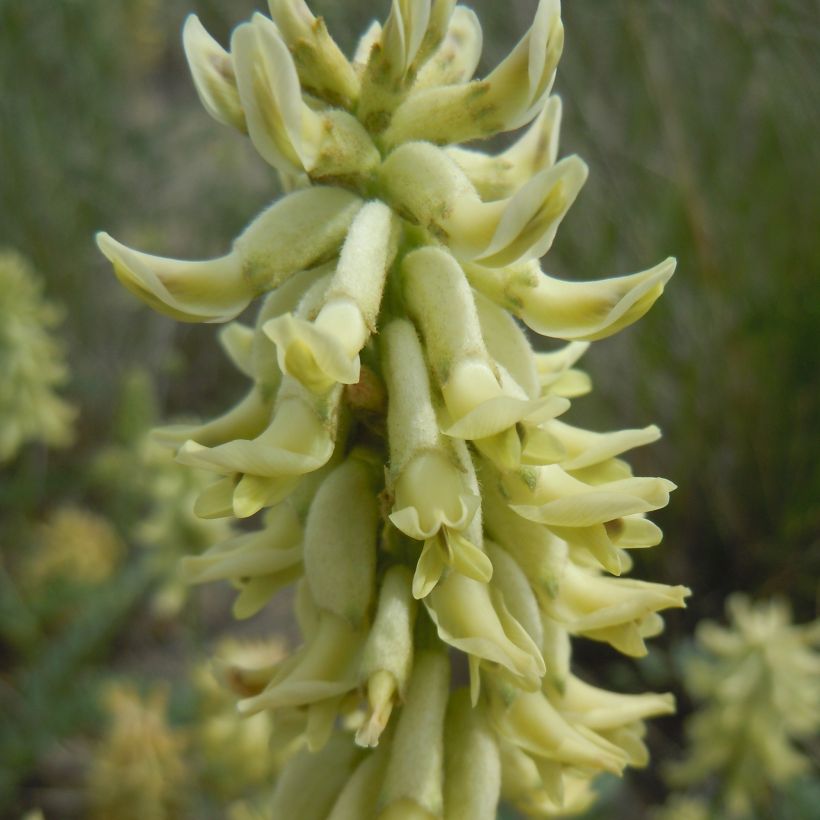

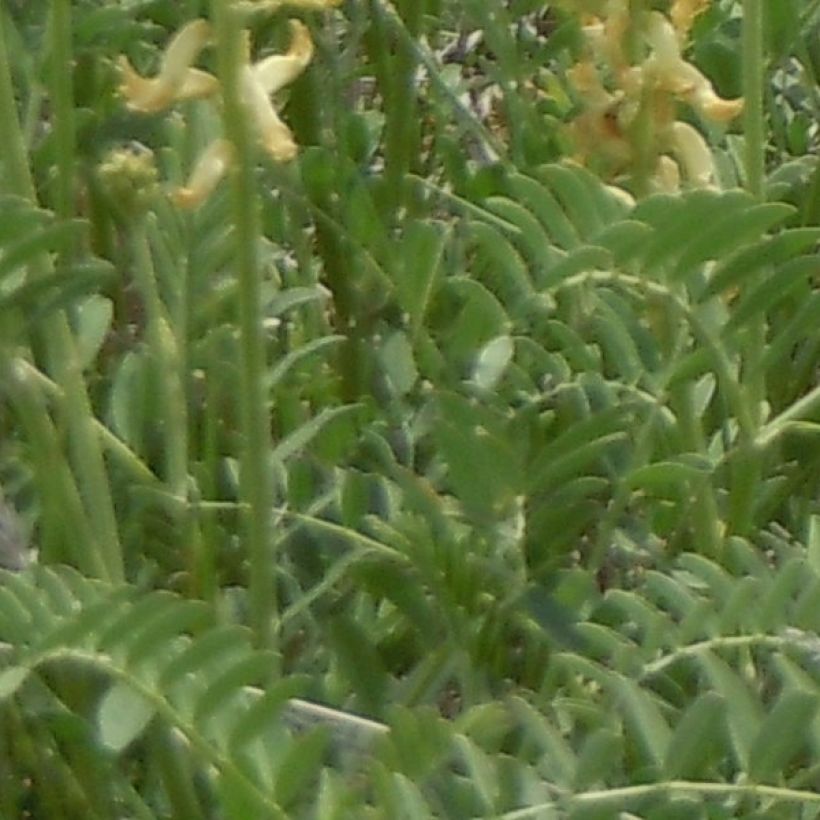

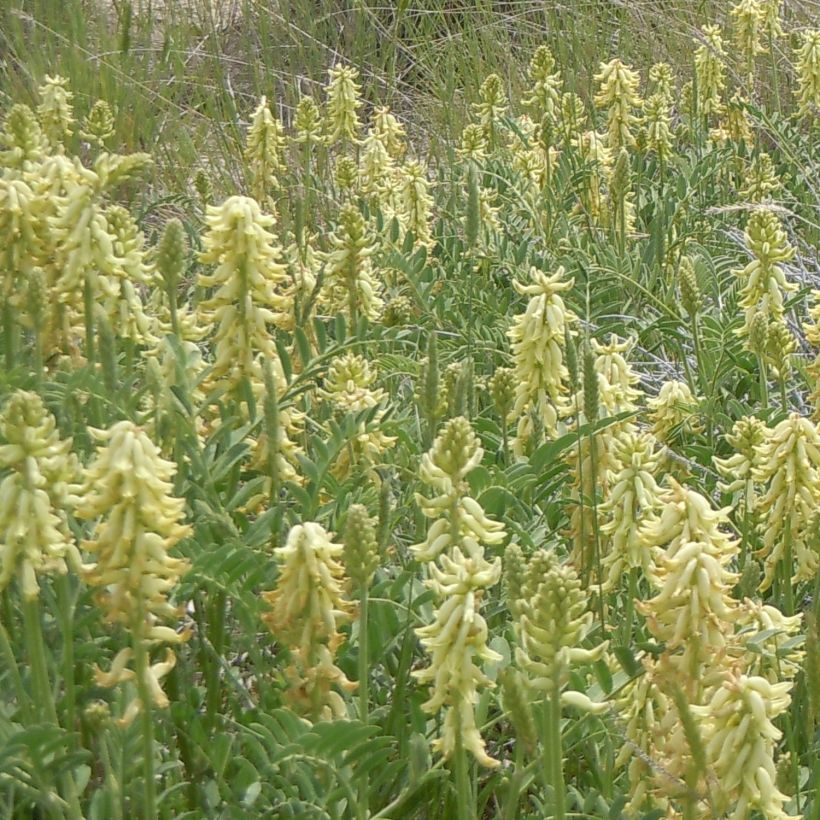

Flowering
Foliage
Plant habit
Botanical data
Astragalus
canadensis
Fabaceae
Canadian Milkvetch
North America
Planting and care
Planting period
Intended location
Care
Planting & care advice
This item has not been reviewed yet - be the first to leave a review about it.
Haven't found what you were looking for?
Hardiness is the lowest winter temperature a plant can endure without suffering serious damage or even dying. However, hardiness is affected by location (a sheltered area, such as a patio), protection (winter cover) and soil type (hardiness is improved by well-drained soil).

Photo Sharing Terms & Conditions
In order to encourage gardeners to interact and share their experiences, Promesse de fleurs offers various media enabling content to be uploaded onto its Site - in particular via the ‘Photo sharing’ module.
The User agrees to refrain from:
- Posting any content that is illegal, prejudicial, insulting, racist, inciteful to hatred, revisionist, contrary to public decency, that infringes on privacy or on the privacy rights of third parties, in particular the publicity rights of persons and goods, intellectual property rights, or the right to privacy.
- Submitting content on behalf of a third party;
- Impersonate the identity of a third party and/or publish any personal information about a third party;
In general, the User undertakes to refrain from any unethical behaviour.
All Content (in particular text, comments, files, images, photos, videos, creative works, etc.), which may be subject to property or intellectual property rights, image or other private rights, shall remain the property of the User, subject to the limited rights granted by the terms of the licence granted by Promesse de fleurs as stated below. Users are at liberty to publish or not to publish such Content on the Site, notably via the ‘Photo Sharing’ facility, and accept that this Content shall be made public and freely accessible, notably on the Internet.
Users further acknowledge, undertake to have ,and guarantee that they hold all necessary rights and permissions to publish such material on the Site, in particular with regard to the legislation in force pertaining to any privacy, property, intellectual property, image, or contractual rights, or rights of any other nature. By publishing such Content on the Site, Users acknowledge accepting full liability as publishers of the Content within the meaning of the law, and grant Promesse de fleurs, free of charge, an inclusive, worldwide licence for the said Content for the entire duration of its publication, including all reproduction, representation, up/downloading, displaying, performing, transmission, and storage rights.
Users also grant permission for their name to be linked to the Content and accept that this link may not always be made available.
By engaging in posting material, Users consent to their Content becoming automatically accessible on the Internet, in particular on other sites and/or blogs and/or web pages of the Promesse de fleurs site, including in particular social pages and the Promesse de fleurs catalogue.
Users may secure the removal of entrusted content free of charge by issuing a simple request via our contact form.
The flowering period indicated on our website applies to countries and regions located in USDA zone 8 (France, the United Kingdom, Ireland, the Netherlands, etc.)
It will vary according to where you live:
- In zones 9 to 10 (Italy, Spain, Greece, etc.), flowering will occur about 2 to 4 weeks earlier.
- In zones 6 to 7 (Germany, Poland, Slovenia, and lower mountainous regions), flowering will be delayed by 2 to 3 weeks.
- In zone 5 (Central Europe, Scandinavia), blooming will be delayed by 3 to 5 weeks.
In temperate climates, pruning of spring-flowering shrubs (forsythia, spireas, etc.) should be done just after flowering.
Pruning of summer-flowering shrubs (Indian Lilac, Perovskia, etc.) can be done in winter or spring.
In cold regions as well as with frost-sensitive plants, avoid pruning too early when severe frosts may still occur.
The planting period indicated on our website applies to countries and regions located in USDA zone 8 (France, United Kingdom, Ireland, Netherlands).
It will vary according to where you live:
- In Mediterranean zones (Marseille, Madrid, Milan, etc.), autumn and winter are the best planting periods.
- In continental zones (Strasbourg, Munich, Vienna, etc.), delay planting by 2 to 3 weeks in spring and bring it forward by 2 to 4 weeks in autumn.
- In mountainous regions (the Alps, Pyrenees, Carpathians, etc.), it is best to plant in late spring (May-June) or late summer (August-September).
The harvesting period indicated on our website applies to countries and regions in USDA zone 8 (France, England, Ireland, the Netherlands).
In colder areas (Scandinavia, Poland, Austria...) fruit and vegetable harvests are likely to be delayed by 3-4 weeks.
In warmer areas (Italy, Spain, Greece, etc.), harvesting will probably take place earlier, depending on weather conditions.
The sowing periods indicated on our website apply to countries and regions within USDA Zone 8 (France, UK, Ireland, Netherlands).
In colder areas (Scandinavia, Poland, Austria...), delay any outdoor sowing by 3-4 weeks, or sow under glass.
In warmer climes (Italy, Spain, Greece, etc.), bring outdoor sowing forward by a few weeks.






























